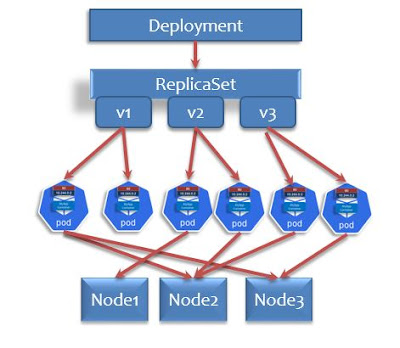Job & CronJob - Batch Job

What is Job object in Kubernetes? A Job object will be used to create one or more Pods and the Job ensures that a specified number of Pod instances will be created and terminates after completion of the Job. There could be finite jobs which will run within given certain timeout values. Job tracks for 'Successful' completion of the required task. Jobs can be run in two variants they can be parallel and also non-parallel. Kubernetes Job types There are 3 types of jobs non-parallel jobs [single pod jobs - unless it fails. creates replacement pod when pod goes down] parallel jobs with a fixed completion count parallel jobs with task queue ##Example type 1: hundred-fibonaccis.yml --- apiVersion: batch/v1 kind: Job metadata: name: fibo-100 spec: template: spec: containers: - name: fib-container image: truek8s/hundred-fibonaccis:1.0 restartPolicy: OnFailure backoffLimit: 3 Create the Job: kubectl create -f hundred-fibonaccis.yml Now let's...



